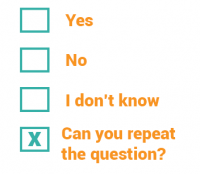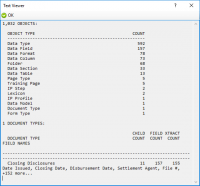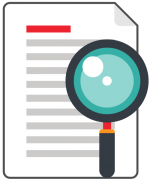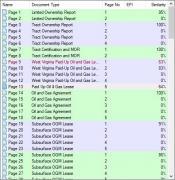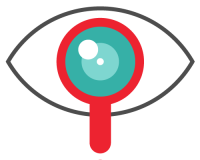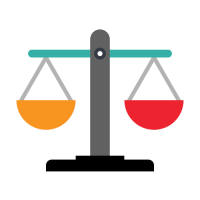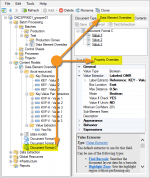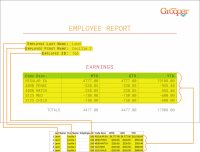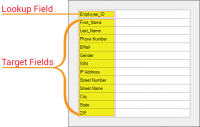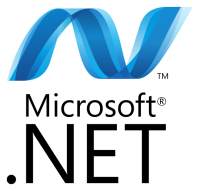Main Page: Difference between revisions
Dgreenwood (talk | contribs) No edit summary |
Dgreenwood (talk | contribs) No edit summary |
||
| Line 34: | Line 34: | ||
This is where OMR comes into play. OMR stands for "Optical Mark Recognition". OMR determines checkbox states. The basic idea behind it is very simple. First find a box. A box is just four lines connected to each other in a square-like fashion. If that box has a mark of some kind inside it, it is checked. If not, it's not. Checked (or marked) boxes, whether a checked "x" (<span style="font-size:120%">☒</span>), a checkmark (<span style="font-size:120%">☑</span>), or a check block (<span style="font-size:120%">▣</span>), while have more black pixels inside the box than an unchecked (or unmarked) one (<span style="font-size:120%">☐</span>). If the detected box has a high threshold of black pixels in it, it's checked (or marked). If not, it's unchecked (or unmarked). | This is where OMR comes into play. OMR stands for "Optical Mark Recognition". OMR determines checkbox states. The basic idea behind it is very simple. First find a box. A box is just four lines connected to each other in a square-like fashion. If that box has a mark of some kind inside it, it is checked. If not, it's not. Checked (or marked) boxes, whether a checked "x" (<span style="font-size:120%">☒</span>), a checkmark (<span style="font-size:120%">☑</span>), or a check block (<span style="font-size:120%">▣</span>), while have more black pixels inside the box than an unchecked (or unmarked) one (<span style="font-size:120%">☐</span>). If the detected box has a high threshold of black pixels in it, it's checked (or marked). If not, it's unchecked (or unmarked). | ||
| | | | ||
The earliest examples of OCR (Optical Character Recognition) can be traced back to the 1870s? Early OCR devices were actually invented to aid the blind. This included "text-to-speech" devices that would scan black print and produce sounds a | The earliest examples of OCR (Optical Character Recognition) can be traced back to the 1870s? Early OCR devices were actually invented to aid the blind. This included "text-to-speech" devices that would scan black print and produce sounds a blind person could interpret, as well as "text-to-tactile" machines which would convert luminous sensations into tactile sensations. Machines such as these would allow a blind person to read printed text not yet converted to Braille. | ||
The first business to install an OCR reader was the magazine ''Reader's Digest'' in 1954. The company used it to convert typewritten sales reports into machine readable punch cards. | The first business to install an OCR reader was the magazine ''Reader's Digest'' in 1954. The company used it to convert typewritten sales reports into machine readable punch cards. | ||
It would not be until 1974 that OCR starts to form as we imagine it now with Ray Kurzweil's development of the first "omni-font" OCR software, capable of reading text of virtually any font. | |||
|} | |} | ||
Revision as of 09:32, 19 October 2020
| Getting Started | |||
|
Grooper is a software application that helps organizations innovate workflows by integrating difficult data. Grooper empowers rapid innovation for organizations processing and integrating large quantities of difficult data. Created by a team of courageous developers frustrated by limitations in existing solutions, Grooper is an intelligent document and digital data integration platform. Grooper combines patented and sophisticated image processing, capture technology, machine learning, and natural language processing. Grooper – intelligent document processing; limitless, template-free data integration. |
Getting Started | ||
| Install and Setup | |||
| 2.90 Reference Documentation | |||
| New in 2.9 | Featured Use Case | ||||||||||||||||||||||||||||||||||||
|

Discover how they:
| ||||||||||||||||||||||||||||||||||||
Feedback
| Feedback | |
|
|
We value your feedback! |
| Other Resources | |||
|
|||

